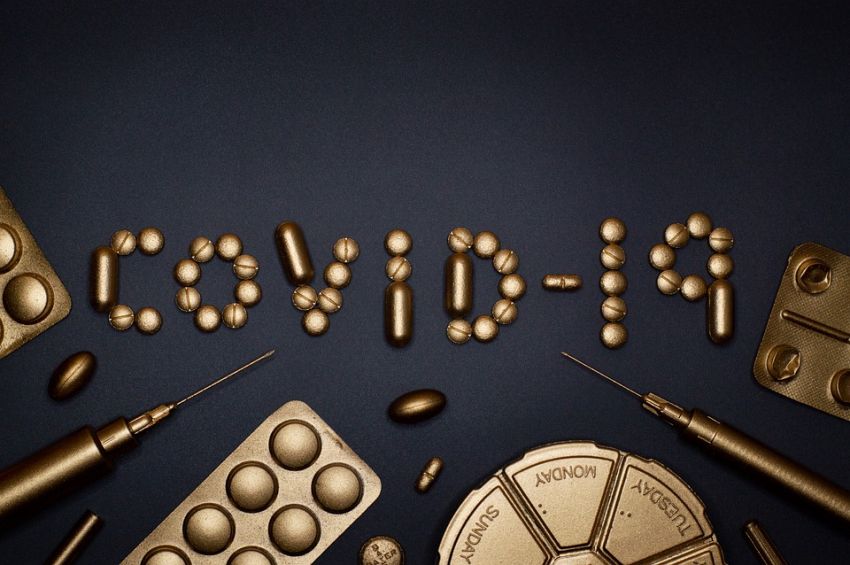
Most of us, in self-isolation, long for life to get back to normal; we want to interact with family, friends and co-workers without the risk of infecting them or being infected with COVID-19.
We are told that this will only eventuate when there is an effective vaccine. What hurdles do we face before a safe, effective vaccine against this coronavirus is developed and how long will it take?
Our immune system is extraordinarily complex. A vaccine contains the disease-causing virus or bacteria in a weakened, killed or fragmented state which, when injected, doesn’t make us sick.
The vaccine causes a reaction in certain white blood cells, which can detect the attenuated virus’s outer surface as “foreign”. Some of the white blood cells — B lymphocytes — are stimulated to produce specifically shaped antibodies to attach to and destroy the foreign protein.
B and T lymphocytes remain in the body as memory cells, ready to exponentially reproduce to immediately destroy the disease virus before it becomes established.
An effective vaccine prepares us for exposure to the virus, without having to suffer the disease: this is called acquired immunity.
The coronavirus, a ribonucleic or RNA virus, is basically a bundle of genetic material packed inside a protein shell, like a coat of armour. Surface proteins, in the shell, stud the tiny virus particle. While all viruses mutate, RNA viruses, such as the flu and measles, are particularly prone to mutations.
SARS-CoV-2, the coronavirus that causes COVID-19, has mutated at least 30 times (although some are very minor) since leaving China last December.
When a virus mutates, some part of its outer shape can change, altering its exterior surface. This is called immune evasion, which is a hallmark of RNA viruses.
The first, and perhaps greatest, of the challenges that must be overcome is producing an effective vaccine against a rapidly mutating virus.
If the shape of the outer protein coat has changed, antibodies developed against a different strain may ineffective in recognising the virus. An effective long-term vaccine must enable our bodies to produce antibodies against a part of the virus that does not change.
The World Health Organization currently lists 165 vaccine candidates against COVID-19. These have all entered at least the pre-clinical trials, in which researchers determine whether the vaccine has the potential to cause serious harm to the body.
Pre-clinical research consists of two parts: in vitro research, in which the vaccine is tested in petri dishes on human tissue cultures; and in vivo research in which the vaccine is injected into laboratory animals as a test for toxicity.
When a potential vaccine has undergone successful in vivo research, it is moved on to the final stage — human trials.
A major problem is whether the vaccine is safe. It must be proven that it doesn’t cause side effects, or any health problem, even to a very small number of people.
Vaccine development has a very low success rate. The process is complex, time-consuming and resource-intensive.
Out of 100 potential vaccine candidates considered in research laboratories, barely 20 make it to pre-clinical trials. Then, not more than five of the original lot are approved for human trials and not more than one or two stand a chance of being approved for public use.
Despite the urgency of the global pandemic, it is imperative that the development of a vaccine not be rushed.
The Russian government is taking a huge risk in releasing a vaccine after only two months of human tests, before its safety has been ensured to the greatest extent feasible. Given that a vaccine will be injected into billions of people, the potential risks are enormous.
Even at this late stage, questions remain. Will the vaccine give once-in-a-lifetime protection, or will it need one or more booster shots to maintain its potency? Will a vaccine against COVID-19 last only a year, like the flu vaccine, with new vaccines developed annually to target the most virulent or lethal new strains of the virus?
How long will development take? The fastest vaccine ever developed, for mumps, took four years.
If it takes less time, will the vaccine, or the series of annual vaccines, be made readily available to the billions of poor around the world? Or will it only be the rich, in the few remaining, well-resourced countries, who will be safe from this disease?
[Martin Wolterding is an educator. Coral Wynter is a retired research biochemist and member of Socialist Alliance.]